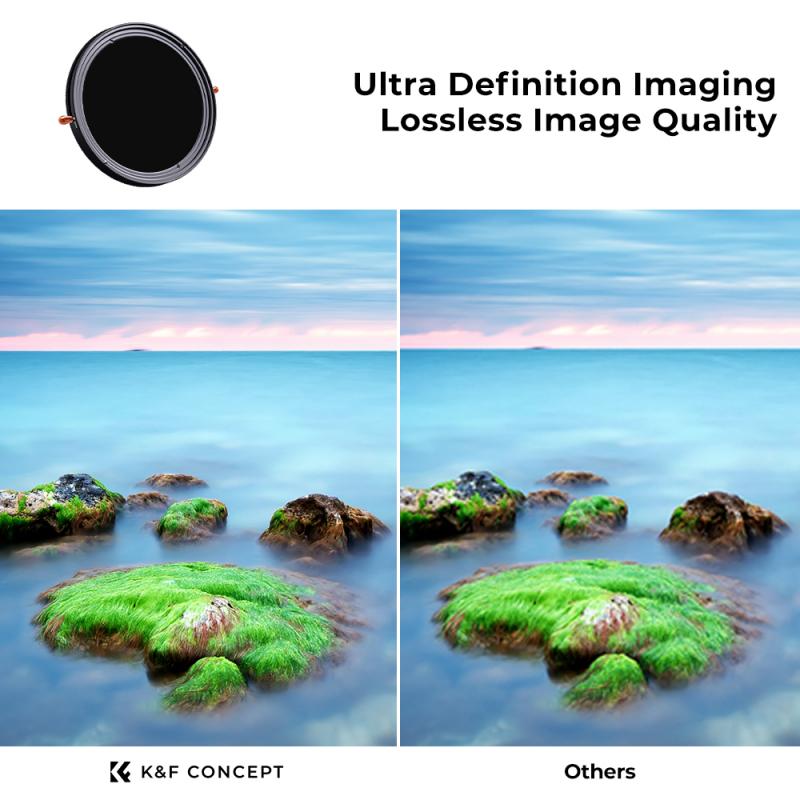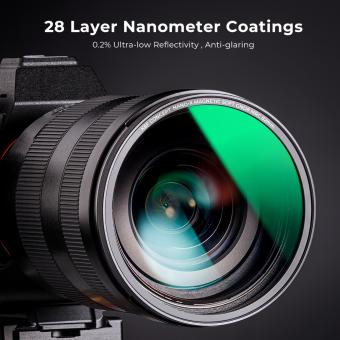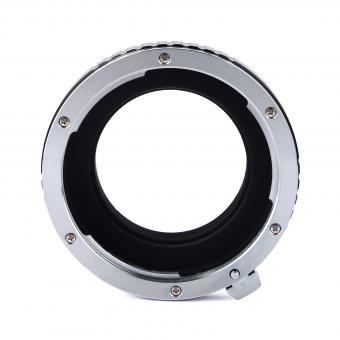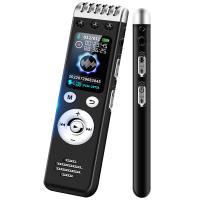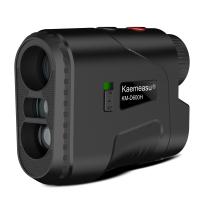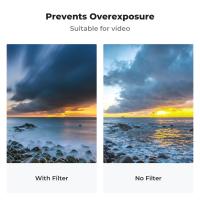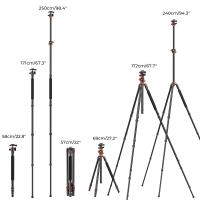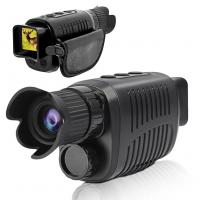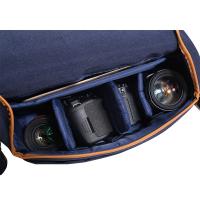What Is A Camera Lens Filter ?
A camera lens filter is an optical accessory that is attached to the front of a camera lens to modify the light that enters the lens. Filters can be made of glass or plastic and come in various shapes and sizes. They can be used for a variety of purposes, such as reducing glare, enhancing colors, or protecting the lens from scratches or damage. Some filters are designed to block certain wavelengths of light, such as ultraviolet or infrared, while others are used to create special effects, such as softening or blurring the image. Filters can be screwed onto the front of the lens or held in place with a filter holder. They are commonly used by photographers and videographers to achieve specific creative or technical results.
1、 UV Filters
A camera lens filter is an accessory that is attached to the front of a camera lens to modify or enhance the image captured by the camera. There are various types of camera lens filters available in the market, each with its own unique purpose and effect on the image.
One of the most commonly used camera lens filters is the UV filter. UV filters are designed to block ultraviolet light from entering the camera lens, which can cause haze and reduce the clarity of the image. They are particularly useful when shooting in bright sunlight or at high altitudes where the UV light is more intense.
However, there has been some debate in recent years about the necessity of UV filters. Some photographers argue that modern camera lenses are already designed to block UV light, making the use of UV filters unnecessary. Others argue that UV filters can actually degrade the image quality by introducing unwanted reflections and reducing contrast.
Despite the debate, many photographers still choose to use UV filters as a protective measure for their lenses. They can help to prevent scratches, dust, and other debris from damaging the lens, which can be costly to repair or replace.
In conclusion, a camera lens filter is an accessory that can be used to modify or enhance the image captured by a camera. UV filters are a popular type of camera lens filter that can block ultraviolet light and protect the lens from damage. While there is some debate about their necessity, many photographers still choose to use them as a precautionary measure.
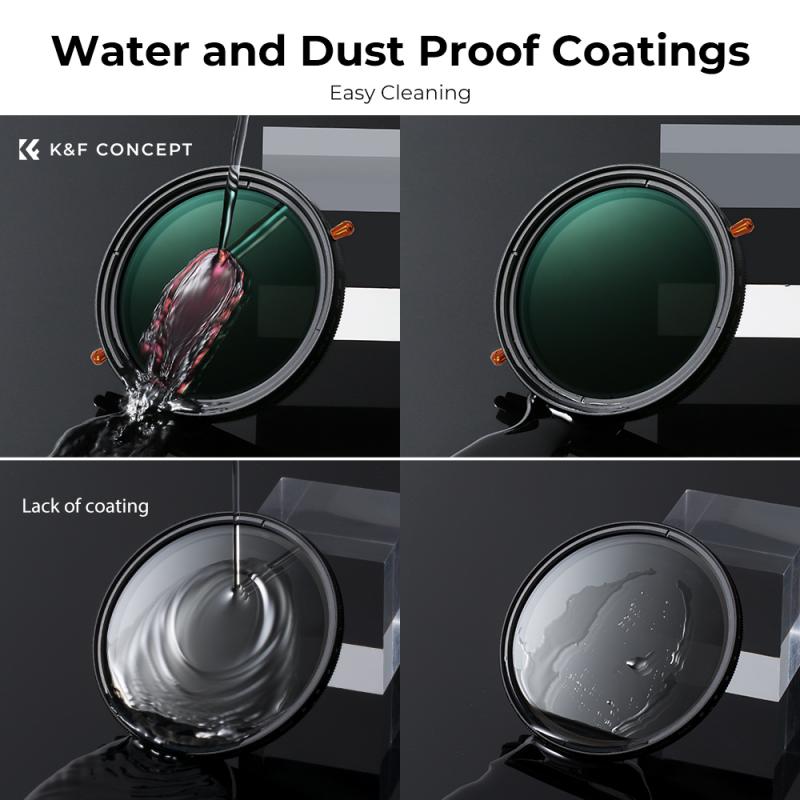
2、 Polarizing Filters
A camera lens filter is an accessory that is attached to the front of a camera lens to modify the way light enters the camera. Filters can be used to enhance colors, reduce glare, and protect the lens from scratches and dust. One of the most popular types of camera lens filters is the polarizing filter.
Polarizing filters are designed to reduce reflections and glare from non-metallic surfaces such as water, glass, and foliage. They work by blocking certain light waves that are oriented in a specific direction, which can cause unwanted reflections and glare. By reducing these reflections, polarizing filters can help to improve the overall clarity and contrast of an image.
In addition to reducing reflections, polarizing filters can also enhance the colors in a scene. They can make blue skies appear deeper and more saturated, and can bring out the natural colors of foliage and other objects.
One of the latest developments in polarizing filters is the use of circular polarizers. These filters are designed to work with modern autofocus and metering systems, which can be affected by traditional linear polarizers. Circular polarizers are also easier to use, as they do not need to be oriented in a specific direction to achieve the desired effect.
Overall, polarizing filters are a valuable tool for any photographer looking to improve the quality of their images. They can help to reduce reflections and glare, enhance colors, and protect the lens from damage.
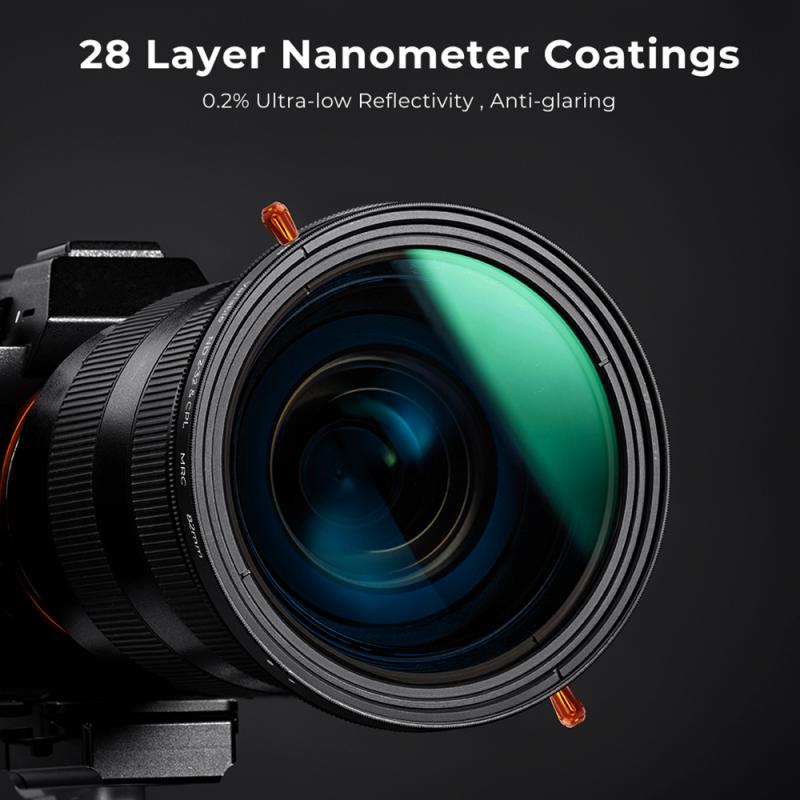
3、 Neutral Density Filters
Neutral Density Filters (ND filters) are camera lens filters that reduce the amount of light entering the camera lens without affecting the color or contrast of the image. They are commonly used in photography and videography to achieve creative effects such as motion blur, shallow depth of field, and long exposures.
ND filters come in different strengths, measured in stops, which indicate the amount of light reduction. For example, a 3-stop ND filter reduces the amount of light entering the lens by three stops, allowing for longer exposures or wider apertures in bright conditions.
In recent years, ND filters have become increasingly popular among content creators and social media influencers. They are used to achieve a cinematic look in videos and photos, and to capture stunning landscape and outdoor shots. ND filters are also essential for drone photography and videography, as they help to reduce the shutter speed and prevent overexposure in bright conditions.
Overall, ND filters are a versatile tool for photographers and videographers, allowing them to achieve creative effects and capture stunning images in a variety of lighting conditions. As technology advances, we can expect to see more innovative uses of ND filters in the world of photography and videography.
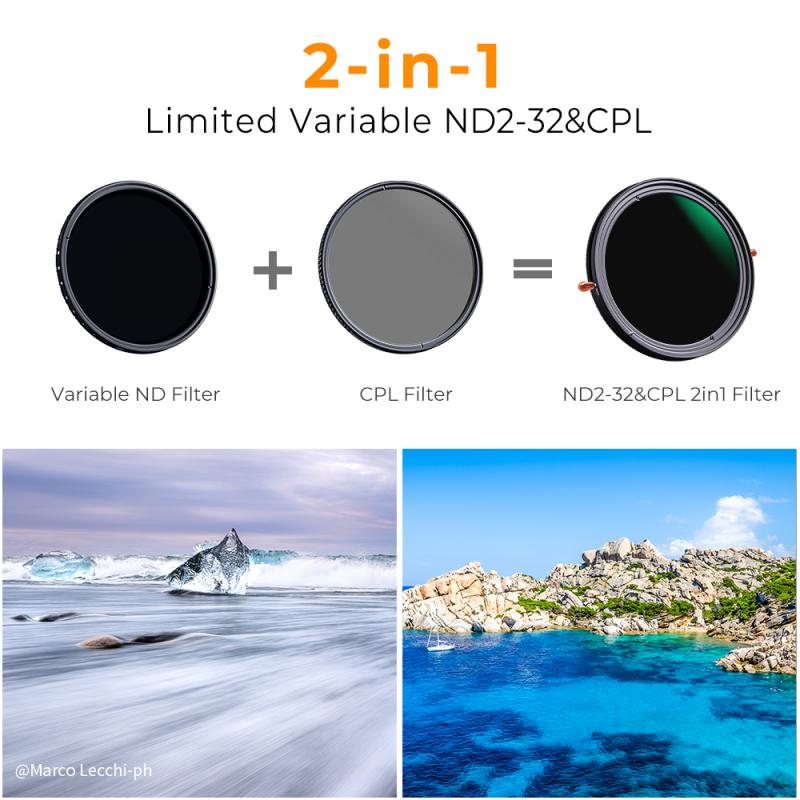
4、 Color Filters
A camera lens filter is an accessory that is attached to the front of a camera lens to modify the light that enters the camera. Filters can be made of glass or plastic and come in various shapes and sizes to fit different lenses. They can be used for a variety of purposes, including enhancing colors, reducing glare, and protecting the lens from scratches and dust.
One type of camera lens filter is a color filter. These filters are designed to alter the color of the light that enters the camera, either by blocking certain wavelengths or by enhancing others. For example, a red filter can be used to make a blue sky appear more dramatic, while a green filter can be used to enhance foliage in a landscape photo.
Color filters can also be used to correct color balance issues in a photo. For example, if a photo appears too warm (yellow or orange), a blue filter can be used to cool down the colors and make the photo appear more natural.
In recent years, there has been a trend towards using digital filters instead of physical filters. Many camera apps and editing software now offer a range of filters that can be applied to photos after they have been taken. While digital filters can be convenient, they do not offer the same level of control and precision as physical filters.
